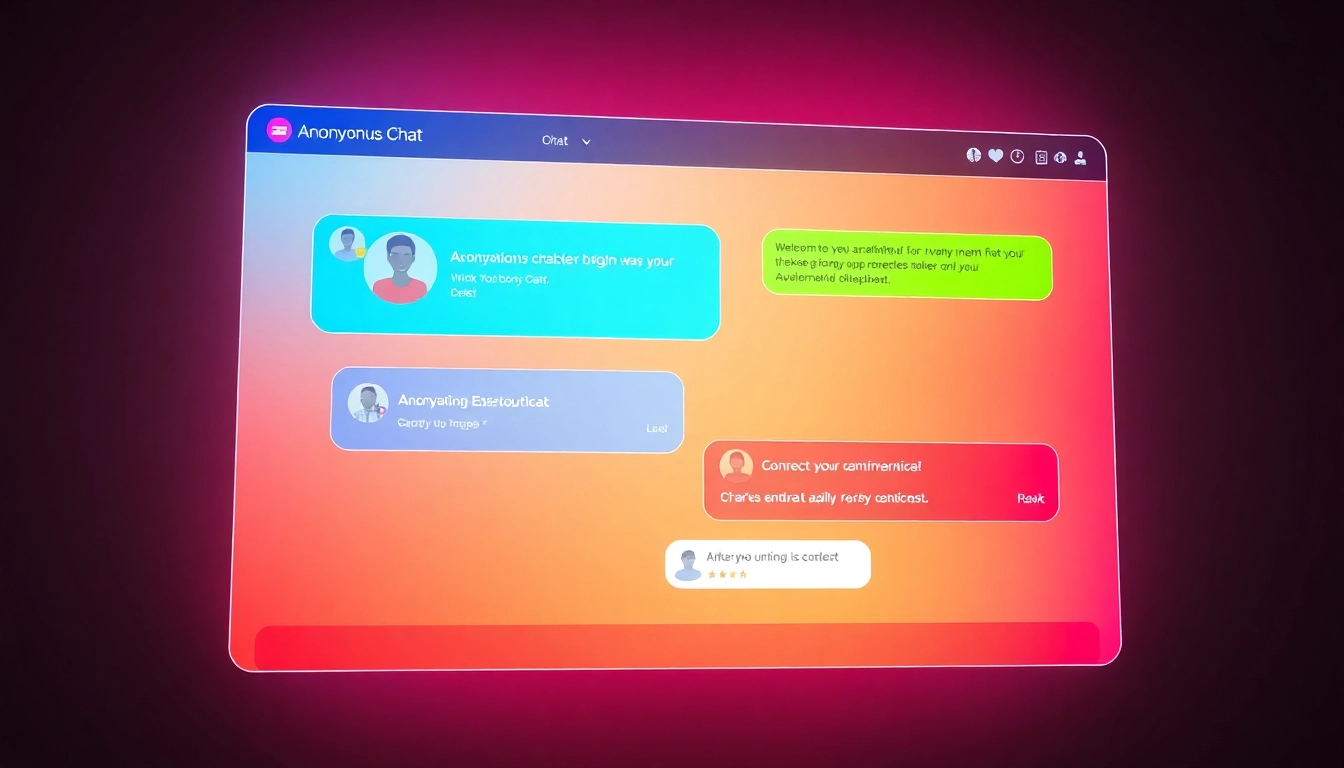Understanding Uustoto: A Platform for Cultural Heritage and Whistleblowing
In the contemporary era of digital transformation, the integration of technology into cultural heritage management has become essential for fostering transparency, community involvement, and preservation efforts.
One such innovative platform is uustoto, a digital interface designed to empower citizens and authorities in safeguarding Indonesia’s rich cultural legacy. While many are familiar with Uustoto as a trusted gaming and online services site, its underlying framework extends far beyond entertainment—
serving as a vital tool for heritage reporting, whistleblowing, and civic engagement.
This article explores the multifaceted role of Uustoto as a platform dedicated to cultural heritage reporting, with particular focus on the initiatives by the Balai Pelestarian Cagar Budaya (BPCB) of Central Java, including whistleblowing systems, licensing procedures, and community participation strategies.
History and Background of Uustoto in Cultural Context
Although Uustoto is predominantly known on various online platforms for its association with gaming and entertainment, the platform’s core concept embodies a broader mission aligned with community service and cultural preservation.
The name “Uustoto” has become a recognizable term within Indonesian digital spaces, not only for its commercial activities but also for its emerging role as a digital conduit for heritage management.
In the context of Indonesia’s national programs to protect and promote cultural heritage, digital platforms like Uustoto facilitate reporting mechanisms, documentation, and community feedback on cultural sites, objects, and issues essential to safeguarding cultural identity.
Established in tandem with government initiatives such as Kampanye ZI-WBK (Zero Instance of Corruption and Whistleblowing Campaign), Uustoto aims to cultivate a culture of transparency, accountability, and active citizen participation within heritage conservation.
Its background is rooted in Indonesian governance policies that emphasize digital accessibility and civic engagement, aligned with legislation like Peraturan Pemerintah Nomor 1 Tahun 2022 concerning heritage site registry and regulation. This sets a foundation for platforms like Uustoto to serve as bridges between the public and government agencies such as the BPCB Jawa Tengah.
Features and Functionalities for Cultural Reporting
Whistleblowing System and Complaint Submission
Central to Uustoto’s functionality is its whistleblowing system, designed to enable citizens to report gratification, illicit activities, or preservation concerns related to cultural assets. As outlined on BPCB Jawa Tengah’s website, users can easily submit complaints or reports concerning violations of heritage laws, illegal excavations, or misuse of cultural sites.
The reporting process involves filling out digital forms tailored to different issues, such as illegal trading, unauthorized constructions, or heritage damage.
For example, users can report discoveries of artifacts or irregularities via an online form, which is then forwarded directly to the relevant authorities for prompt investigation and action.
Online Forms and Procedures
The platform simplifies the reporting workflow by offering online submission options for various types of reports:
- Heritage discovery reports, where citizens can upload pictures and descriptions of artifacts or sites they encounter.
- Violation complaints, concerning illegal excavations, vandalism, or unauthorized modifications.
- Request for permits and licensing, providing a streamlined process for heritage site utilization approval.
Once submitted, the system assigns tracking IDs, ensures confidentiality, and enables users to follow up on their reports. This approach enhances transparency and accountability in heritage management.
Documentation and Feedback Mechanisms
Beyond reporting, Uustoto also functions as an informational hub, providing users with latest updates, legal frameworks, and educational content about cultural heritage preservation.
The platform facilitates feedback collection from the community regarding policies, enforcement effectiveness, and service improvements.
Legal and Ethical Aspects of Using Uustoto for Heritage Preservation
Utilizing Uustoto for heritage reporting aligns with Indonesia’s legal framework that governs cultural properties and public accountability.
The platform ensures compliance with regulations such as the Peraturan Pemerintah Nomor 1 Tahun 2022, which emphasizes the importance of a national registry for heritage sites and objects, and mandates transparency in utilization permits.
Moreover, the system respects ethical principles like confidentiality, non-retaliation, and integrity, encouraging citizens to report concerns without fear of reprisal.
Implementing robust data security protocols and clear policies for user privacy is essential for maintaining trust and safeguarding sensitive information.
For example, whistleblower protections under Indonesian law guard users who report violations related to cultural heritage, ensuring that their identities remain protected as per the regulations mandated by national authorities.
Step-by-Step Guide to Reporting Gratifikasi and Heritage Penemuan
How to Submit a Complaint or Report Using Uustoto
Reporting issues through Uustoto is designed to be intuitive and accessible for all users. Here is a step-by-step guide:
- Access the Uustoto portal via the official website or mobile application.
- Navigate to the “Lapor Penemuan” or “Report a Concern” section.
- Fill out the digital form, including details such as the type of issue, precise location, description, and upload relevant photos or documents.
- Review the submitted information for accuracy and completeness.
- Click submit and receive a confirmation with a unique tracking number.
Online Forms and Submission Procedures
The online forms are designed with user-friendly interfaces, allowing citizens to specify categories such as:
- Discovery of historic artifacts or relics
- Violations of heritage site permits
- Damaged or threatened cultural structures
Submission includes optional multimedia attachments to strengthen reports.
Afterward, authorities initiate investigations, with progress updates accessible via tracking links.
Follow-up and Response Process from BPCB Jawa Tengah
The BPCB Jawa Tengah, along with other regional offices, commits to transparency by providing timely responses:
- Investigation confirmation: Receipt acknowledgment within 48 hours.
- Assessment and action plan: Usually within one week.
- Feedback and resolution: Regular updates until closure.
Users are encouraged to keep their tracking number for future reference and can also provide additional comments or evidence post-submission.
Maximizing Community Engagement and Participation
Encouraging Public Participation in Cultural Conservation
Active citizen involvement is vital for effective heritage preservation. Uustoto fosters engagement by offering both educational resources and participatory programs.
Community members can participate in:
- Heritage site monitoring initiatives
- Cultural festival and campaign participation, such as the annual ANGGORO KASIH (Love and Care) event held on October 11, 2022, promoting cultural tourism and patriotism.
- Volunteering in conservation activities and site restorations.
Such activities create a sense of ownership, ensuring ongoing protection and appreciation of cultural assets.
Promoting Awareness of Whistleblowing System Benefits
Raising awareness about Uustoto’s whistleblowing and reporting features is crucial. Campaigns should target schools, local communities, and cultural organizations to inform about:
– How to report violations safely and anonymously
– The importance of protecting cultural heritage
– Legal protections available to whistleblowers
Effective awareness initiatives include workshops, social media outreach, and collaboration with local leaders.
Success Stories and Community Impact
Real-world examples demonstrate the value of community participation. For instance, recent reports through Uustoto led to the recovery of stolen artifacts in Kunti Boyolali or the preservation of ancient structures in Cabean.
These achievements foster a culture of vigilance and pride, motivating further citizen involvement.
Best Practices for Administrators and Users of Uustoto
Ensuring Data Security and Confidentiality
Protecting user data is paramount. Implementations should include encryption, secure login protocols, and strict access controls.
Regular security audits and compliance with national data protection standards safeguard whistleblower identities and sensitive information.
Maintaining Transparency and Trust
Clear communication about report handling, investigation outcomes, and policies encourages trust. Providing feedback to users and publishing annual reports on cases handled enhances credibility.
Integrating Feedback for Platform Improvement
Gathering user feedback through surveys or direct communication channels enables continuous improvements.
Features like multilingual support, mobile compatibility, and simplified interfaces help broaden accessibility.
Future Perspectives: Innovation and Cultural Heritage Preservation
Advancements in Digital Reporting Tools
Emerging technologies such as AI-driven image recognition and blockchain can revolutionize heritage monitoring and report verification.
For example, AI can assist in authenticating artifacts reported by the public, while blockchain ensures immutability of reports and evidence.
Expanding the Reach of Uustoto in Indonesia
To maximize impact, efforts should focus on regional expansions, translating platforms into local languages, and integrating with social media and community networks.
Partnerships with universities and NGOs can foster volunteer support and digital literacy.
Partnerships and Policy Developments Supporting Heritage Conservation
Collaborations between government agencies, technology providers, and civil society are critical. Policy support for digital heritage databases, funding for platform development, and legal protections bolster sustainable preservation efforts.
Continuous updates to regulations will align heritage management with technological innovations.



